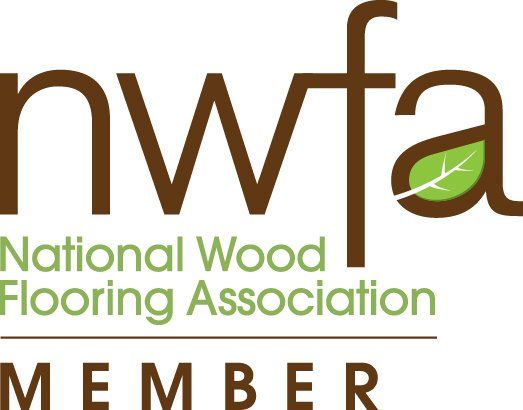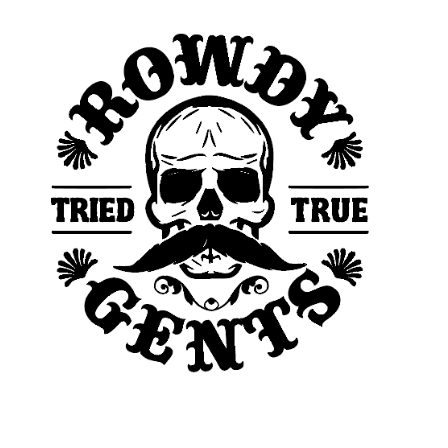About Our Firm
Union County entrepreneur Howard Johnson’s family tree is firmly rooted in his vintage wood business.
For nearly two decades, Johnson’s company, Old American Lumber, has quietly prospered—serving a niche segment of the construction market with antique woods and building materials salvaged from local mills and other timeworn structures post-demolition.
The business is on five acres off Highway 176 just past downtown Union in a 25,000-square-foot facility at 1218 S. Duncan Bypass, across from the Freeman Gas showroom. Johnson’s team includes his wife, Kathy Johnson, and their three sons, Jason, Heath and Brian, and a handful of employees.
“As a dad, I don’t think I could ask for anything better,” Johnson said. “To have my family working together in this business is a blessing. We have our moments, but ultimately we’re stronger because we are a family.”
The operation the Johnsons run features a range of services that focus on giving old, used building materials, specifically lumber, a second life as veritable works of art for all to see in homes, businesses and public buildings.
Over the years, the family has built a collection of saws, moulders, milling machines, metal detectors, planers and other machines that give Old American Lumber the capability to create just about anything a customer could ask for in any size and shape.
“We’re one of the few full reclaim services around,” said Brian Johnson. “I would consider us to be the ultimate green business—reusing materials that would’ve otherwise ended up in a landfill.”
Howard Johnson formed the company when he was contracted to clean up the Union Mill after it caught fire. His family actually worked in the mill when it was still in operation.
During the process, he began receiving calls from people who were interested in recovering materials from the old mill.
Johnson recognized the demand and decided to purchase the property rather than see it razed to the ground. He dismantled parts of the mill and built up his stock with beams, decking material, brick and a spate of other one-of-a-kind items.
In addition to Union Mill, Johnson has also reclaimed materials from the Buffalo Mill, and mills in Laurens and Concord, N.C. Old homes, barns and buildings have also yielded a wealth of supplies.
“We’re preserving a piece of history,” Brian Johnson said. “The look of (vintage wood) is very unique.”
The family said the Great Recession put a damper on business for awhile as the construction industry collapsed and credit markets tightened. Old American Lumber, however, has experienced growth over the past six months and things are starting to look up.
“Our product is not like what you would find at a national retailer,” Brian Johnson said. “It takes a lot of work and it’s a long arduous process to reclaim vintage wood.”
The company primarily serves architects, designers, interior decorators and some historic homeowners. Many of its products are shipped to customers nationwide and some overseas, including UA Floors in China.
Brian Johnson said Old American Lumber’s top three sellers are pine, oak and maple.
The company recently started making its own engineered flooring, as well as a signature product called Farmwood, which is basic Southern Yellow Pine that is distressed and sprayed a non-chemical agent to “age” the wood. The product can be produced in grey, brown or a mix of both. It comes without a finish, but it can be used for paneling or flooring.
Brian Johnson said there are a few advantages to using vintage wood other than the fact that it just “looks cool.” But with those advantages come challenges in supply and price.
He explained that most new woods are from trees that are at best 50 to 70 years old and have not yet come to full-term. Those woods can be softer and tend to have between 20 and 25 percent moisture in them, he said.
Johnson said vintage woods can be over 300 years old and contain only about 9 to 12 percent moisture and have continued to dry indoors for many years.
“In the old days, they used what was around them,” he said. “There just isn’t lumber cut from old growth forests anymore.”
Johnson said the types of woods the company finds are pretty consistent. For instance, pine is common in cotton mills; pine, poplar and oak are common in barns; and pine and oak are common in homes.
He said the grain count in vintage lumber is usually much higher than in new woods. That could make a big difference for customers looking to increase energy-efficiency in their home or office.
Durability is also an advantage of older wood.
“The harder the wood, the harder it is to scratch,” Brian Johnson said. “In vintage lumber, if you do get a scratch, it just adds to the character of the wood.”
The family said that the industry has changed dramatically over the past few years as the Environmental Protection Agency has continued to impose tougher regulations on demolition and salvage businesses.
But they are continuing to look forward to future growth and opportunities.
For more information, visit: www.oldamericanlumber.com.








